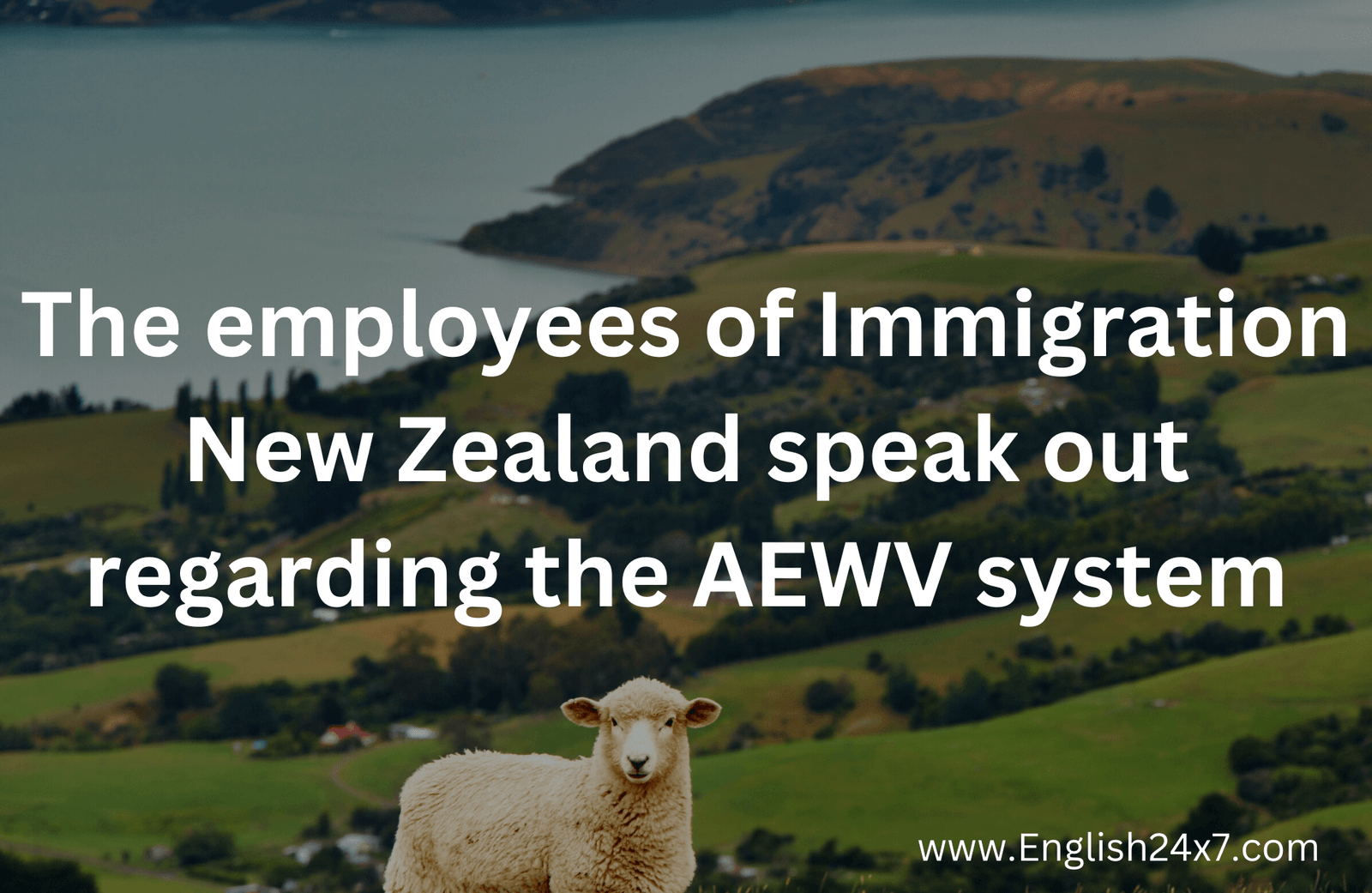
The majority of health professionals eligible for immigration are already in New Zealand
Around 200 nurses, midwives, and specialists have been authorized for the direct-to-residence pathway since mid-December. The majority were already present.
In response to labour shortages, last year's immigration changes tried to attract talented people. As of March 4, 174 registered nurses have been granted for the fast-tracked option, 161 of them were already in New Zealand when they filed for the visa, 13 were abroad, and one has arrived.
One onshore and two offshore midwives have been approved, but neither has yet arrived. CEO of the College of Midwives, Alison Eddy, states that the number of midwives is regrettably low and will not solve workforce challenges.
Some of our hospitals report a vacancy rate of greater than 50 percent for midwifery positions, so the addition of three midwives will have little impact.
Australia is in competition with us for international personnel, and they provide superior working conditions and compensation.
Eddy asserts that a more deliberate long-term plan will support and encourage students to complete programs, attract midwives, and offer incentives for retention.
Nevertheless, none of these developments have yet occurred for midwifery. Given the shortfall, it appears that change is occurring too slowly.
Shane Reti, the health spokesman for the National Party, deems the hiring of one new nurse and doctor to be abhorrent.
It appears that it was too late to offer residency programs for physicians and nurses. We were aware that Canada and Australia were recruiting and are now behind.
Reti is especially dismayed that no midwives have arrived, and that the government has sown seeds that will cause issues over the winter.
He asserts that the government was forewarned but disregarded the advice; as a result, we're all paying, including those on stretchers in the atrium and cafe of the Auckland ED.
This week, the Emergency Department at Auckland Hospital saw "severe capacity challenges."
On Sunday and Monday, ambulance personnel treated for patients without ED beds, and according to visitors, dozens of patients waited for treatment in a cafe on the same floor.
Reti recommends a variety of methods for increasing the labour force. He believes we must establish a homegrown pipeline with cultural competence.
"Reliance on foreign physicians and nurses is unsustainable and does not fill voids." She argues that the majority of onshore approvals are "stuff that should have been handled a long time ago."
According to Daniels, we are not competitive for international nurses and physicians. She defines competitiveness as equal salary, favourable working circumstances, and assistance with registering and remaining in the nation.
I believe it would be preferable to grow our own nurses and keep them here. Daniels says that they stipulated that nurses must earn while they learn. Why not nurses if it works for plumbers, electricians, and other male-dominated professions?
Minister of Immigration Michael Wood stated that the government acknowledges the need to attract and retain nurses amid a worldwide shortage.
Thus, we have rebalanced our immigration policies and created speedier pathways for a greater number of nurses and midwives than in the past.
Only aged-care nurses had a two-year work-to-residence pathway prior to Rebalance. The world faces labour shortages, and numerous reasons influence migration.
Wood stated that many nurses utilize guest visas to finish their six-week CAP course in New Zealand before seeking for a work or permanent visa. Domestic applications.
In addition to direct-to-residence applications, 1113 nurses and 18 midwives have earned Accredited Employer Work Visas since the reopening of borders.







